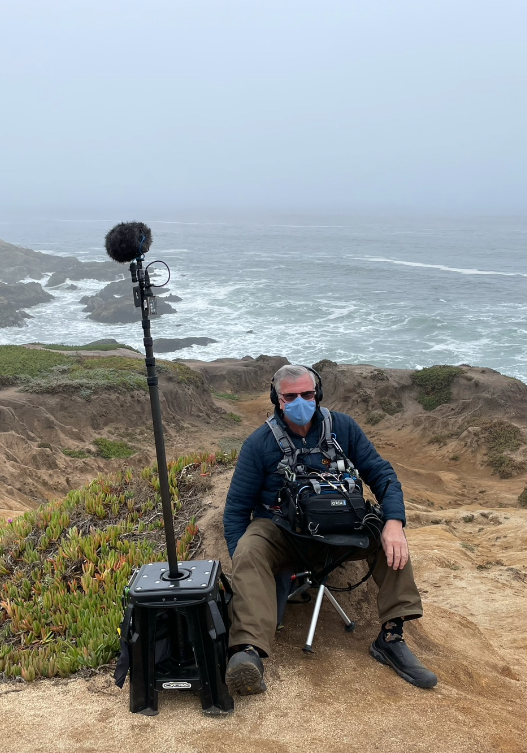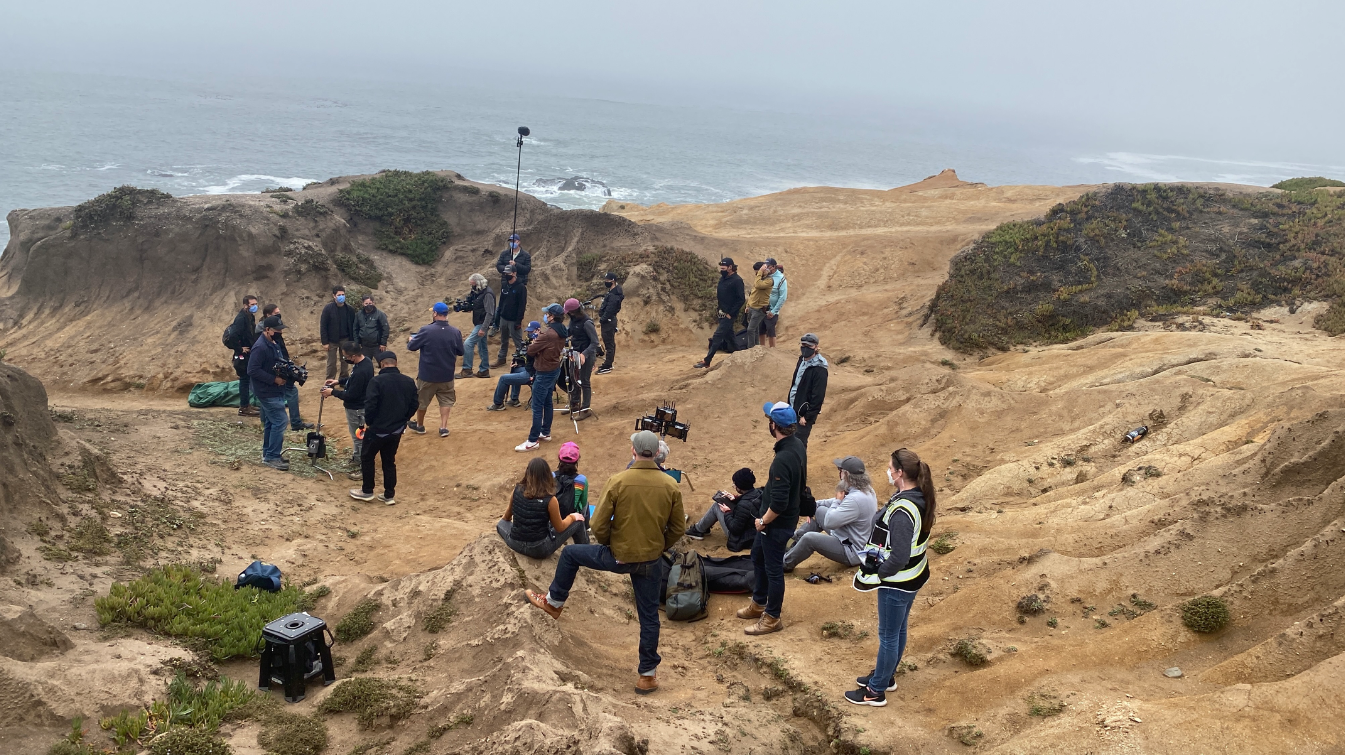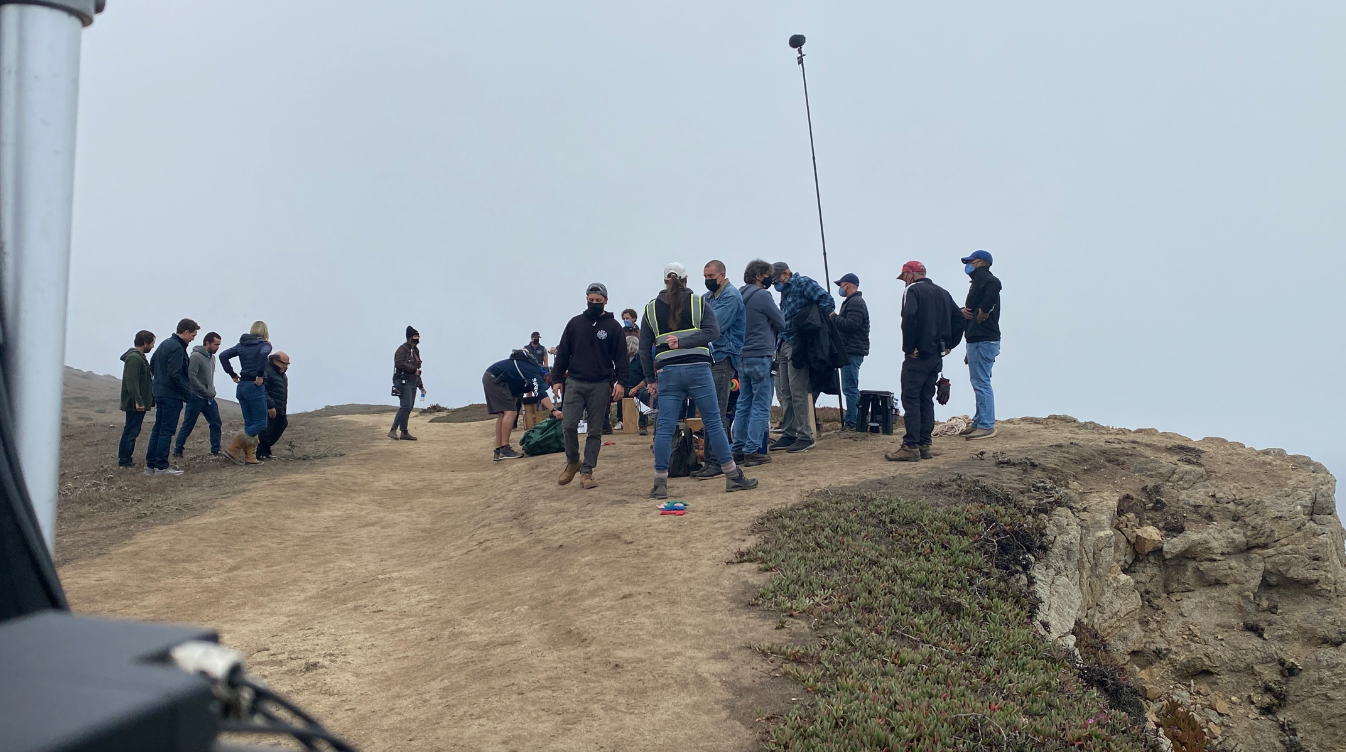Production mixer Joe Foglia cut his teeth on music recording at Miami’s renowned Criteria Studios, where he engineered and assisted on recordings by Black Sabbath, Crosby, Stills and Nash. Meanwhile his film and TV credits include Miami Vice, for which he earned an Emmy nomination for best sound, while his own remote mobile production company, Southeast Audio ADR, has worked on projects including Marley and Me, Scrubs, and recently, It’s Always Sunny in Philadelphia. He explains how his Lectrosonics rig didn’t let him down when filming the latest season of It's Always Sunny.
When It's Always Sunny was renewed for its 15th season, it became the show with more seasons than any other American live-action comedy series. Primarily centred around ‘the gang’ going to Ireland, the latest season of the hit series had to use Bodega Bay in California as a stand-in for Ireland due to the restrictions caused by the covid pandemic.
A lifetime Lectrosonics user, Foglia has recently adopted the all-digital D Squared line, including five DSQD four-channel receivers, two DCR822 compact dual-channel receivers, M2T transmitters for IFB, and an arsenal of all-digital and Digital Hybrid packs — the latter being receivable by the D Squared systems.
All of this kit proved essential when filming the latest season of It’s Always Sunny – in particular the DSQD receivers and DBSM digital transmitters.
“We travelled from Los Angeles to Bodega Bay, (from The Birds movie) California and didn’t know how the RF would be, but I knew we needed the wideband,” Foglia explains.
“We also used an 822 for our bag rig because of the flexibility and compact size for recording on a cliff in Bodega Bay. The wideband transmitters made our jobs easier when wiring the actors because I knew we would have good line of sight transmission.”
In the season’s eighth episode, ‘The Gang Carries a Corpse Up a Mountain’, Charlie's father has died, and in order to honour a family tradition, he asks for the gang's help in carrying his body to the top of a mountain to then throw him into the sea.





